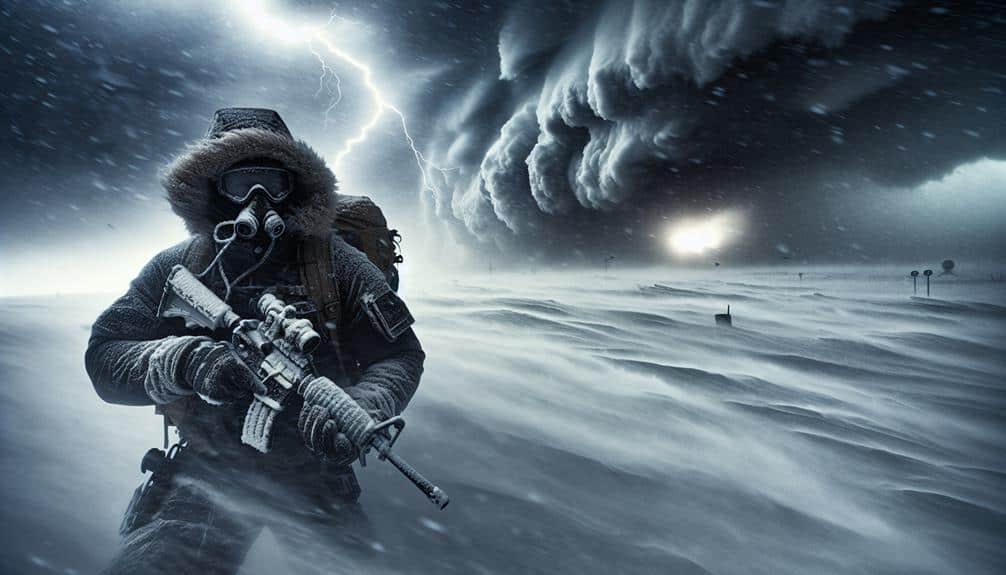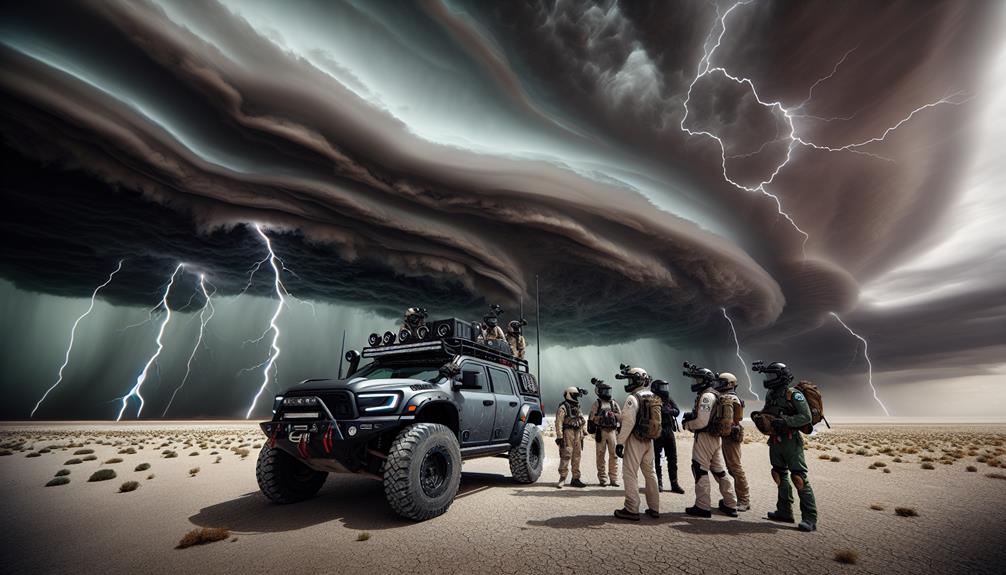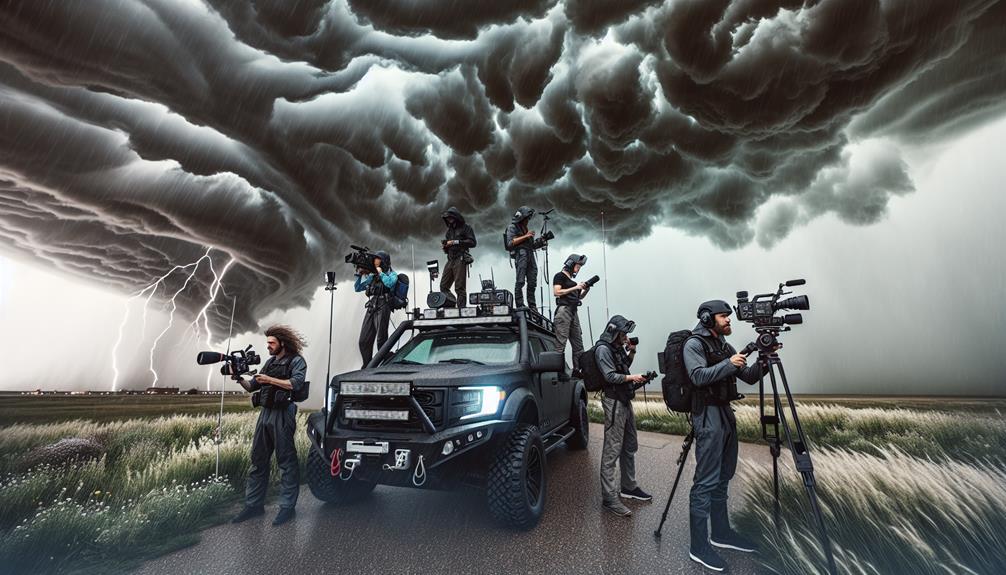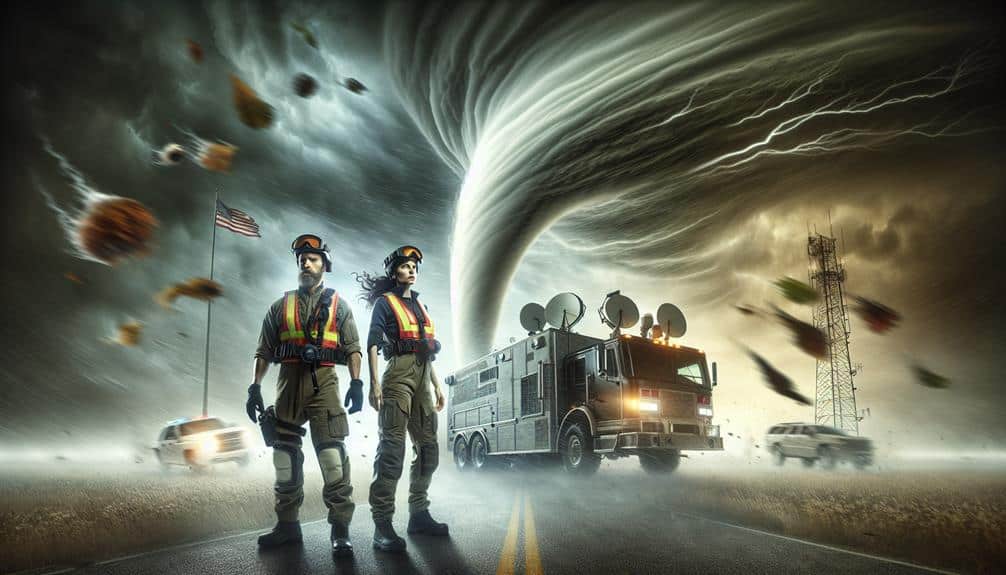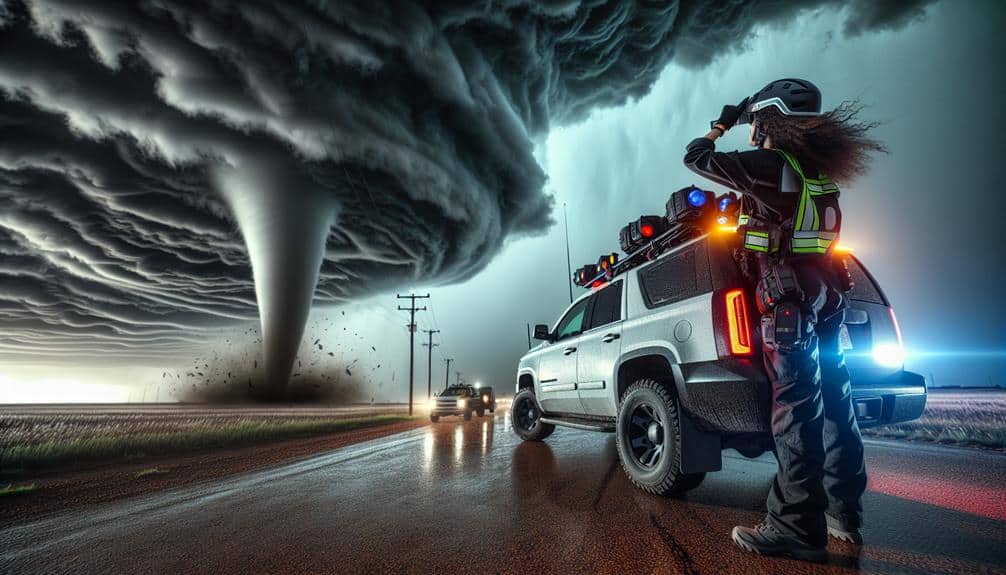Surviving Extreme Temperatures as a Storm Chaser
As storm chasers, we must meticulously prepare to survive extreme temperatures. We dress in layers, starting with moisture-wicking base layers, insulating middle layers, and waterproof outer shells. Staying hydrated is vital, so we drink 16-20 ounces of water per hour and include electrolyte-rich drinks. Sun protection involves applying SPF 30 sunscreen, wearing UV-protective sunglasses, and […]
Surviving Extreme Temperatures as a Storm Chaser Read More »
